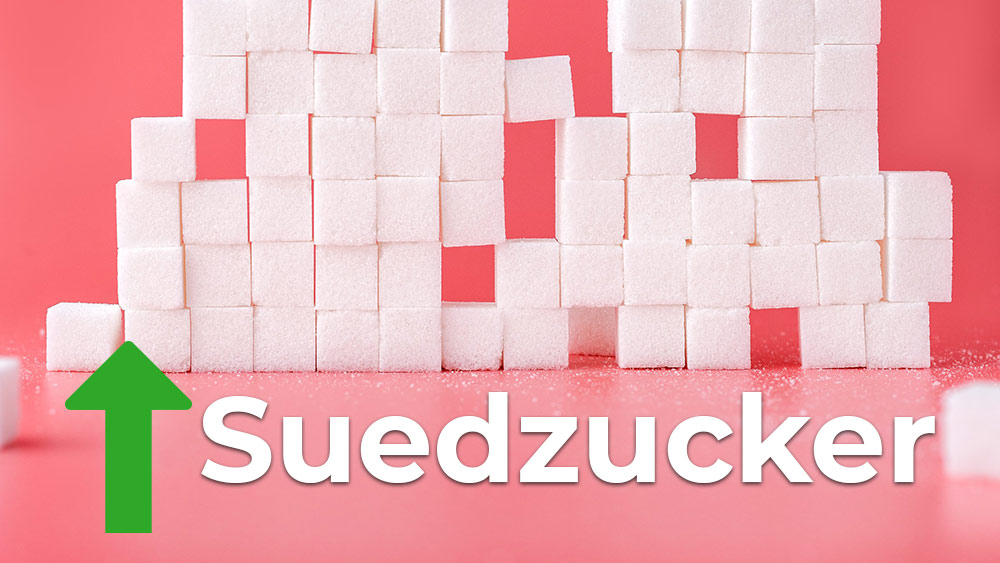
Source: Dreamstime
Reading time: 5 minutes
In a matter of months, the COVID-19 pandemic grew from a considerable health threat to a global financial crisis. What followed was a torrent of sell-offs and fund transfers to so-called safe havens, such as gold, government bonds, and the Japanese yen, which quickly weakened the stock markets to an extent comparable only to the worst of market recessions.
The en masse and almost simultaneous investor migration from medium- and high-risk financial instruments to traditionally strong assets in times of crisis inevitably had us asking the question: what are the hidden risks of investing in safe havens in 2020?
Read more→





